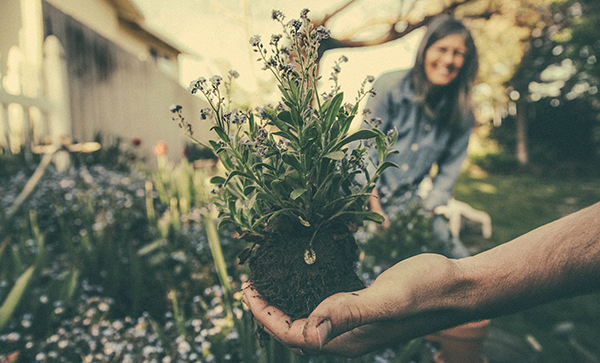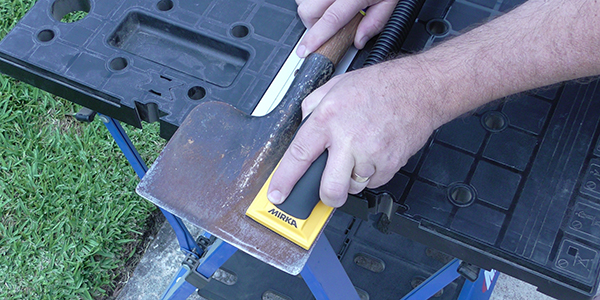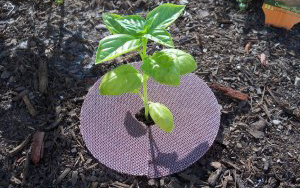5 Sandpaper-Inspired Spring Gardening Tips
Posted by The Team at 2Sand.com on 05 20 2021
Spring is here – hallelujah! After this long winter, we’re just itching to get into the garden.

Unless you live in a warm climate, this is the prime time to get your tools ready and your seedlings started so that you have beautiful plants to enjoy this summer. So what better tool is there to get your spring gardening going than sandpaper? Yes, that’s right, sandpaper.
Here are our five favorite gardening hacks using sandpaper:

Speed up germination. Seeds like peas, beans, nasturtiums, lemons, and others have a thick coating that makes them more difficult to germinate, and when they do germinate it takes quite a long time. One way to give those plants a head start is a process called scarification and it turns out that sandpaper is a great way to accomplish it. Place a few seeds on one piece of sandpaper and then put another piece on top of them. Now rub the seeds between the sandpaper for 5-10 seconds. Plant the seeds, keep them watered, and watch them grow!

Revive handles. Although this may seem obvious, it’s frequently overlooked. Sanding peeling paint and splinters from handles will make them safer and more comfortable to use. Protect the bare wood when you are done will help extend the life of the handle and reduce the risk of new splinters when you’re using your tool.
 Remove rust from tools. It seems like no matter how clean we put our tools away in the fall, we always have a few that are showing some rust after sitting all winter. There is an easy solution to this! 80-grit sandpaper is just coarse enough to remove a light coat of rust from tools like spades, edgers, and hoes. Using light pressure, work from the center toward the edges, until the rust is gone. You may need to use a wire brush before applying sandpaper if you have a heavier amount of rust to remove. After you’ve removed the rust, protect your tool buy rubbing it with a light weight machine oil.
Remove rust from tools. It seems like no matter how clean we put our tools away in the fall, we always have a few that are showing some rust after sitting all winter. There is an easy solution to this! 80-grit sandpaper is just coarse enough to remove a light coat of rust from tools like spades, edgers, and hoes. Using light pressure, work from the center toward the edges, until the rust is gone. You may need to use a wire brush before applying sandpaper if you have a heavier amount of rust to remove. After you’ve removed the rust, protect your tool buy rubbing it with a light weight machine oil.

Down with slugs! In our garden, slugs can really be a pest, and they are especially dangerous to plant babies. Sandpaper is a great slug deterrent because slugs have tender bellies and won’t crawl across sandpaper. Using a paper-backed disc so that it will biodegrade over time, cut from the outside edge to the center of an orbital sander disc and then slide the disc over the plant stem. No more slugs eating away at your baby plants!
Remove burrs from clipper blades. First, disassemble your clippers to work the blades separately. Then take a piece of 320-grit sandpaper and secure it to your work surface. Working in a circular motion, lay the back side of one blade against the sandpaper until all of the burrs are removed; repeat with the second blade. Wipe the blades clean, apply a light weight machine oil, and then reassemble.

One of the best things about each of these hacks is that they can be accomplished using USED sandpaper. You don’t have to raid your stock of the good abrasives; just save used sandpaper. Getting just one more use out of it is good for your garden and the environment too!
